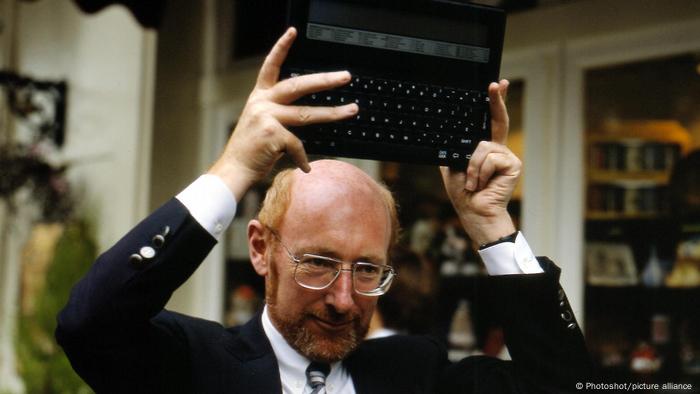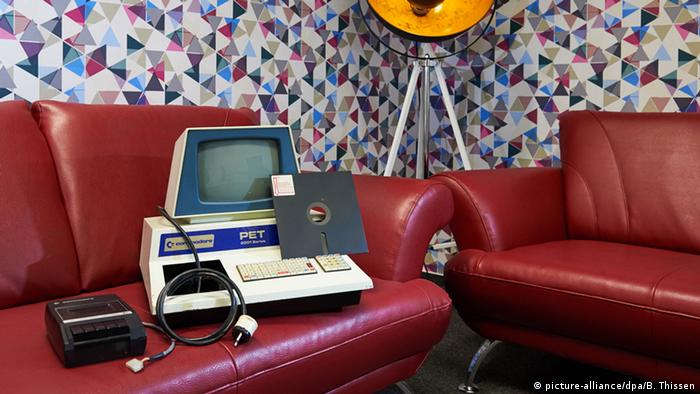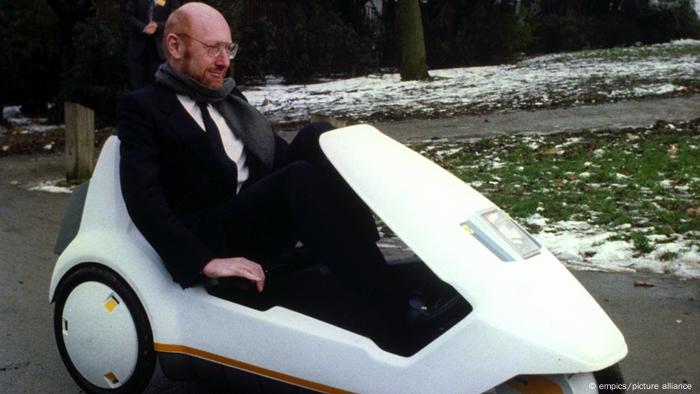Biden shuns EU with Asia-Pacific power play

French President Emmanuel Macron gets out of the new French nuclear submarine "Suffren"
BY STUART LAU, JACOPO BARIGAZZI AND DAVID M. HERSZENHORN
September 16, 2021 4:17 pm
It was the worst possible day for the EU — and its defense heavyweight France — to learn that they're not in the geostrategic big league when it comes to countering China's rise in the Asia-Pacific region.
Only hours before EU foreign policy chief Josep Borrell was due to unveil Europe's own woolly Indo-Pacific strategy on Thursday, he was outplayed in a hard-power move by America, Britain and Australia. The three countries announced a landmark pact that would allow cooperation on top military technology and allow Canberra to build nuclear-powered submarines.
It was doubly infuriating for the EU camp that Brexit Britain was the only European ally invited to the top table.
This Asia-Pacific power shift is an especially bitter blow to France, which now looks to set to lose out on a multibillion-dollar submarine supply deal with Australia. It's the worst transatlantic blow-up since the Iraq war in 2003, and French Foreign Minister Jean-Yves Le Drian said: "It's a stab in the back. We had established a trusting relationship with Australia, and this trust was betrayed."
Unsurprisingly, France immediately doubled down on calls for Europe to forge a course of "strategic autonomy" with less reliance on U.S. technology and the American military.
The promise of trilateral U.S.-U.K-Australia cooperation on anti-China technologies such as artificial intelligence will also sting in Brussels. Later this month, the EU and U.S. are due to meet for talks in Pittsburgh on precisely that theme — aligning technological standards.
The chief problem is that America has shown increasing signs of frustration with the EU's softer approach to China. Regardless of incoming U.S. President Joe Biden's wariness, German Chancellor Angela Merkel and French President Emmanuel Macron raced to finalize a landmark investment agreement with China at the end of last year. While American diplomats want the Pittsburgh talks to focus on forging tech ecosystems that box out China, European officials are at pains to play down any anti-Beijing dimensions of tech cooperation.
Yet France will almost certainly be the immediate diplomatic flashpoint. Paris is questioning the new three-way alliance (AUKUS) in relation to the contractual rights of its own diesel-electric submarine deal. "This is not over," Le Drian said. "We’re going to need clarifications. We have contracts."
In a joint statement with his defense counterpart, Florence Parly, Le Drian directed his ire directly at Washington.
"The American decision, which leads to the exclusion of a European ally and partner like France from a crucial partnership with Australia at a time when we are facing unprecedented challenges in the Indo-Pacific region, be it over our values or respect for a multilateralism based on the rule of law, signals a lack of consistency which France can only notice and regret," the two ministers said.
Is France an Indo-Pacific player?
For France, which was the first EU country to adopt an Indo-Pacific strategy in 2018 and went on to persuade Germany, and the whole of EU, to follow suit, the latest developments could well lead to a rethink about its strategic positioning.
"It's a big blow to Macron and France's position of itself as a major Indo-Pacific partner," said Hervé Lemahieu, director of research at Lowy Institute, a Sydney-based think tank.
Benjamin Haddad, who leads the Atlantic Council think tank's Europe Center, said: "It’s stunning honestly, and [there] will be an earthquake in Paris. ... [It] will leave long-term damage on the French defense and political establishment — more than a 'normal' diplomatic spat."
An EU-based diplomat, however, said that the European fallout would be mostly confined to France, and the EU's Indo-Pacific strategy reached well beyond the military dimensions. "Germany, for instance, has been trying to talk about trade diversification [away from China] under the Indo-Pacific strategy," he said.
In fact, in a sign of continued regional goodwill, Germany on Thursday announced a new stop in Darwin in northern Australia for its Bayern frigate that is now on course to the South China Sea.
"It’s a reality check on the geopolitical ambitions of the EU," another diplomat said. While on the one hand there's a bad optic that the EU and its member countries "somehow don't manage to be seen as a credible security partner" for the U.S. and Australia, "we shouldn’t make too much of the Indo-Pacific strategy: The EU is not a Pacific player."
While France recalibrates its relations with Australia, Japan offers a useful diplomatic lesson. Even though it was rejected for a defense contract with the Australians — and the deal ultimately went to the French — Tokyo successfully maintained solid ties with Canberra to face the common Chinese rival in the region.
"Japan and Australia have bridged those periods of tension and mistrust," said Lemahieu. He added that India, with which France also has a good relationship on security, could play a constructive role in ensuring that the EU is not entirely frozen out.
Borrell also insisted on Thursday that there was no question of Europe being excluded as a regional player. "The EU is already the top investor, the leading development cooperation provider and one of the biggest trading partners in the Indo-Pacific region," he said.
Transatlantic tempest
It's hardly as if Biden weren't already trying to put out fires in Europe given the precipitous and chaotic U.S. withdrawal from Afghanistan.
The U.S. president's foreign policy team has been in overdrive to contain the fallout from the departure, which has dented America’s reputation worldwide but especially among European allies who dutifully backed the pullout decision.
In recent days, in a bid to shore up alliances, Biden’s national security adviser, Jake Sullivan has telephoned Romanian Foreign Minister and National Security Advisor Bogdan Aurescu, Lithuanian Prime Minister Ingrida Šimonytė and Hiski Haukkala, secretary general and chief of cabinet for Finnish President Sauli Niinistö.
Back in Brussels, the show must go on.
Confronted by a barrage of questions about the new Indo-Pacific alliance — which technically has nothing to do with the EU — Borrell didn't hide his "regret" about the American move.
Still, Borrell was also eager not to let the French reaction dominate the EU's newfound geopolitical interest.
He cautioned against "dramatized" sentiments and vowed full support for the EU's cooperation with "the Quad" — the anti-China security alliance of the U.S., Australia, Japan and India.
And he implored his audience: "Don’t put into question our relationship with the United States that has been improving a lot with the new administration."
For now, however, it's a plea that has yet to land in Paris.

FILE PHOTO: Picture shows European Union flags fluttering outside the EU Commission headquarters in Brussels
Robin Emmott
Thu, September 16, 2021
By Robin Emmott
BRUSSELS (Reuters) -The European Union set out a formal strategy on Thursday to boost its presence in the Indo-Pacific and counter China's rising power, pledging to seek a trade deal with Taiwan and to deploy more ships to keep open sea routes.
The EU's foreign policy chief Josep Borrell insisted the strategy was also open to China, particularly in areas such as climate change, but diplomats told Reuters that deeper ties with India, Japan, Australia and Taiwan were aimed at limiting Beijing's power.
Borrell also said Wednesday's agreement
He said the EU was eager to work with Britain on security but that London had shown no interest since it left the bloc, expressing regret that Australia had cancelled a $40 billion submarine deal with France.
"We must survive on our own, as others do," Borrell said as he presented a new EU strategy for the Indo-Pacific region, talking of the "strategic autonomy" that French President Emmanuel Macron has championed.
"I understand the extent to which the French government must be disappointed," he said.
The EU's chairman, Charles Michel, said the U.S. accord with Australia and Britain, "further demonstrates the need for a common EU approach in a region of strategic interest."
Following an initial plan in April, the EU set out seven areas in which it would increase influence in the Indo-Pacific, in health, security, data, infrastructure, the environment, trade and oceans. [nL8N2QI2MB]
The plan may mean a higher EU diplomatic profile on Indo-Pacific issues, more EU personnel and investment in the region and a security presence such as dispatching ships through the South China Sea, or putting Europeans on Australian patrols.
"Given the importance of a meaningful European naval presence in the Indo-Pacific, the EU will explore ways to ensure enhanced naval deployments by its member states in the region," the document said.
Trade talks with Taiwan are likely to further irritate China, the EU's second-largest trading partner, after Lithuania deepened ties with the island. China considers fiercely democratic, self-ruled Taiwan part of "One China", to be united with the mainland eventually, and is regularly angered by any moves which suggest the island is a separate country.
(Reporting by Robin Emmott Editing by Raissa Kasolowsky and Bernadette Baum)
Factbox-EU priorities in Indo-Pacific shift to counter China

FILE PHOTO: attendant walks past EU and China flags ahead of the EU-China High-level Economic Dialogue in Beijing
Thu, September 16, 2021
BRUSSELS (Reuters) - The European Union set out a formal strategy on Thursday to increase its presence in the Indo-Pacific and counter China's rising power, although Australia's decision to cancel an arms contract with France may complicate cooperation. [L1N2QI0R7]
Here are the main focus areas of the EU's strategy:
- TRADE: The EU will work to finalise trade negotiations with Australia and New Zealand, seek a deal with India and strengthen stronger ties with countries where it already has a trade deal, such as South Korea. The EU will also pursue a trade and investment agreement with Taiwan.
- CLIMATE CHANGE: The EU aims to help the transition towards green energy in the Indo-Pacific region, making renewable hydrogen a priority.
- OCEANS: Promising a greater diplomatic presence, the EU aims to help uphold the United Nations Law of the Sea (UNCLOS) to prevent overfishing in the region, offering expertise in protecting marine areas, weather forecasting and limiting pollution of the seas.
- DIGITAL: The EU wants to start talks with Japan, South Korea and Singapore on deeper cooperation on data flows, data-based innovation and allowing more digital trade. It also wants to work more closely with India on emerging technologies such as Artificial Intelligence and fifth-generation mobile networks.
- INFRASTRUCTURE: The EU wants to collaborate with Japan, India and Austria on transport links, particularly in aviation and maritime sectors, as well as ensuring that development banks and export agencies link the bloc more closely to Asia. The EU on Wednesday launched a new plan to rival China's Belt and Road infrastructure strategy, which it calls "Global Gateway".
- SECURITY AND DEFENCE: The EU, the world's largest trading bloc, will seek closer maritime ties with Australia, New Zealand, Indonesia and Japan, promising more naval deployments to patrol trade routes that China considers its own. It is also sending military advisers to EU delegations in the region.
- HEALTH: The EU wants to help poorer countries in the Indo-Pacific to secure access to COVID-19 vaccines. The EU also wants to develop cooperation to secure supply lines for medicines and medical equipment, reducing reliance on China.
(Reporting by Robin Emmott; Editing by Nick Macfie)
























